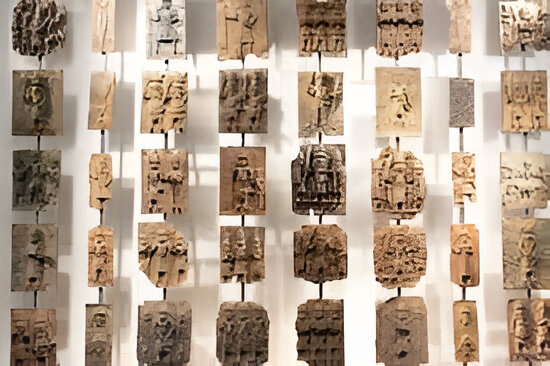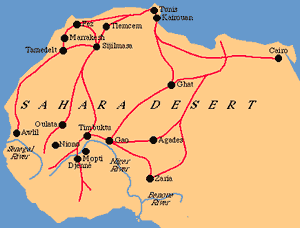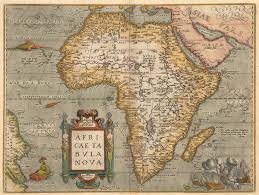The Benin Bronzes: The Stolen Treasures of Africa

The Benin Bronzes: The Stolen Treasures of Africa
Discover the history of the Benin Bronzes, remarkable African artworks looted during colonial rule, and the ongoing efforts to reclaim these stolen cultural treasures.
The Benin Bronzes are among Africa’s most significant artistic and cultural treasures, symbolizing the rich heritage and exceptional craftsmanship of the Kingdom of Benin (modern-day Edo State, Nigeria). These intricate artifacts, crafted from brass, bronze, and sometimes ivory, include plaques, statues, royal heads, and ceremonial objects that once adorned the royal palace of the Oba (king) of Benin.
However, these treasures were violently looted during the 1897 British Punitive Expedition and distributed across museums and private collections in Europe and North America. Today, they remain at the center of international debates on cultural restitution and the legacy of colonial looting.
The Kingdom of Benin and the Art of Bronze Casting
A commemorative brass head of an Oba, created by Edo artisans to honor past rulers in the Kingdom of Benin.
Origin of the Benin Bronzes
The Kingdom of Benin, established around the 11th century, became a dominant power in West Africa by the 15th and 16th centuries. The Oba of Benin commissioned skilled artisans from the Igun Eronmwon guild to create intricate brass and bronze sculptures, many of which depicted historical events, military victories, and royal ceremonies.
These artworks were created using the lost-wax casting technique, an advanced metalworking process that allowed for precise detailing and complex designs. Some Benin Bronzes feature images of European traders, particularly the Portuguese, who were among the first foreign powers to interact with Benin in the late 15th century.
Early European Contact and Trade
Benin’s interactions with Europeans, especially the Portuguese, Dutch, and British, shaped its economy and military strength. The Portuguese, in particular, exchanged firearms, textiles, and luxury goods for pepper, ivory, and enslaved people. This early trade is reflected in some of the Benin Bronzes, which depict Portuguese traders and their distinct attire.
However, by the 19th century, the British sought to dominate West African trade, leading to tensions with the Oba of Benin, who resisted colonial interference.
The 1897 British Expedition and the Looting of the Benin Bronzes
Rising Tensions with the British
The British wanted unrestricted trade access to Benin’s wealth, but the Oba imposed strict regulations. In January 1897, a British delegation attempted to enter Benin without approval, leading to a violent confrontation in which several British officers were killed.
The Punitive Expedition
In retaliation, Britain launched a large-scale military invasion of Benin City in February 1897, known as the Benin Expedition:
- Thousands of British troops stormed the city, armed with advanced weaponry.
- Benin City was burned and destroyed, causing mass casualties.
- Thousands of priceless artifacts were looted from the Oba’s palace and taken to Europe.
- The reigning Oba Ovonramwen Nogbaisi was captured and exiled to Calabar, where he later died in 1914.
This invasion effectively marked the fall of the independent Kingdom of Benin and its incorporation into British-controlled Nigeria.
The Fate of the Benin Bronzes
After the looting, the artifacts were transported to Britain, where they were:
- Sold to private collectors and museums across Europe and the United States.
- Displayed in institutions like the British Museum (London), Ethnologisches Museum (Berlin), and the Metropolitan Museum of Art (New York).
- Used to finance Britain’s colonial administration in Nigeria.
Today, the Benin Bronzes are scattered across over 160 museums worldwide, with the British Museum housing the largest collection.
Calls for Repatriation and Restitution
Nigeria’s Efforts to Reclaim the Bronzes
For decades, Nigeria has demanded the return of the Benin Bronzes, arguing that they were stolen during an act of colonial violence.
- In 2021, the Nigerian government and the Oba of Benin formally requested their return.
- Several institutions, including Germany, France, and the UK, have agreed to return some artifacts.
- In 2022, Germany returned 20 Benin Bronzes to Nigeria, marking a major victory for repatriation efforts.
The Benin Dialogue Group
A coalition of European and Nigerian institutions, the Benin Dialogue Group, has been working towards:
- Returning some artifacts to Nigeria permanently or on loan.
- Establishing the Edo Museum of West African Art (EMOWAA) in Benin City to house repatriated artifacts.
However, the British Museum continues to refuse full restitution, citing UK laws that prevent the removal of objects from its collection.
The British Museum’s Position and Ongoing Discussions
Despite mounting pressure, the British Museum has remained resistant to fully returning the Benin Bronzes. However, it has engaged in long-term discussions with Nigerian authorities, particularly the National Commission for Museums and Monuments (NCMM) and the Benin Royal Palace.
In 2018, the Museum’s director visited Nigeria and met with His Royal Majesty Oba Ewuare II. The Oba reiterated the request for the return of the bronzes but also acknowledged their role as “cultural ambassadors” when displayed internationally.
In 2021, the Nigerian government officially requested the repatriation of all Nigerian antiquities held in the British Museum, and discussions remain ongoing. Meanwhile, some European institutions, such as the Ethnologisches Museum in Berlin, have transferred ownership of their Benin Bronzes to Nigeria while still keeping them in Europe for display.
The Cultural and Historical Significance of the Benin Bronzes
The Benin Bronzes are more than just artifacts—they are:
- Symbols of Benin’s royal heritage and cultural identity.
- Important historical records depicting Benin’s military, diplomacy, and daily life.
- Masterpieces of African art that challenge Eurocentric narratives about African civilization.
The continued struggle for their return represents a broader fight against colonial injustices and the legacy of imperialism.
Conclusion
The Benin Bronzes remain one of the most contested cultural artifacts in the world. Their looting in 1897 was a direct consequence of British colonial aggression, and their presence in European museums serves as a reminder of Africa’s stolen heritage.
As global movements for cultural restitution and decolonization gain momentum, the return of the Benin Bronzes is seen as a necessary step toward historical justice and the preservation of African heritage.


